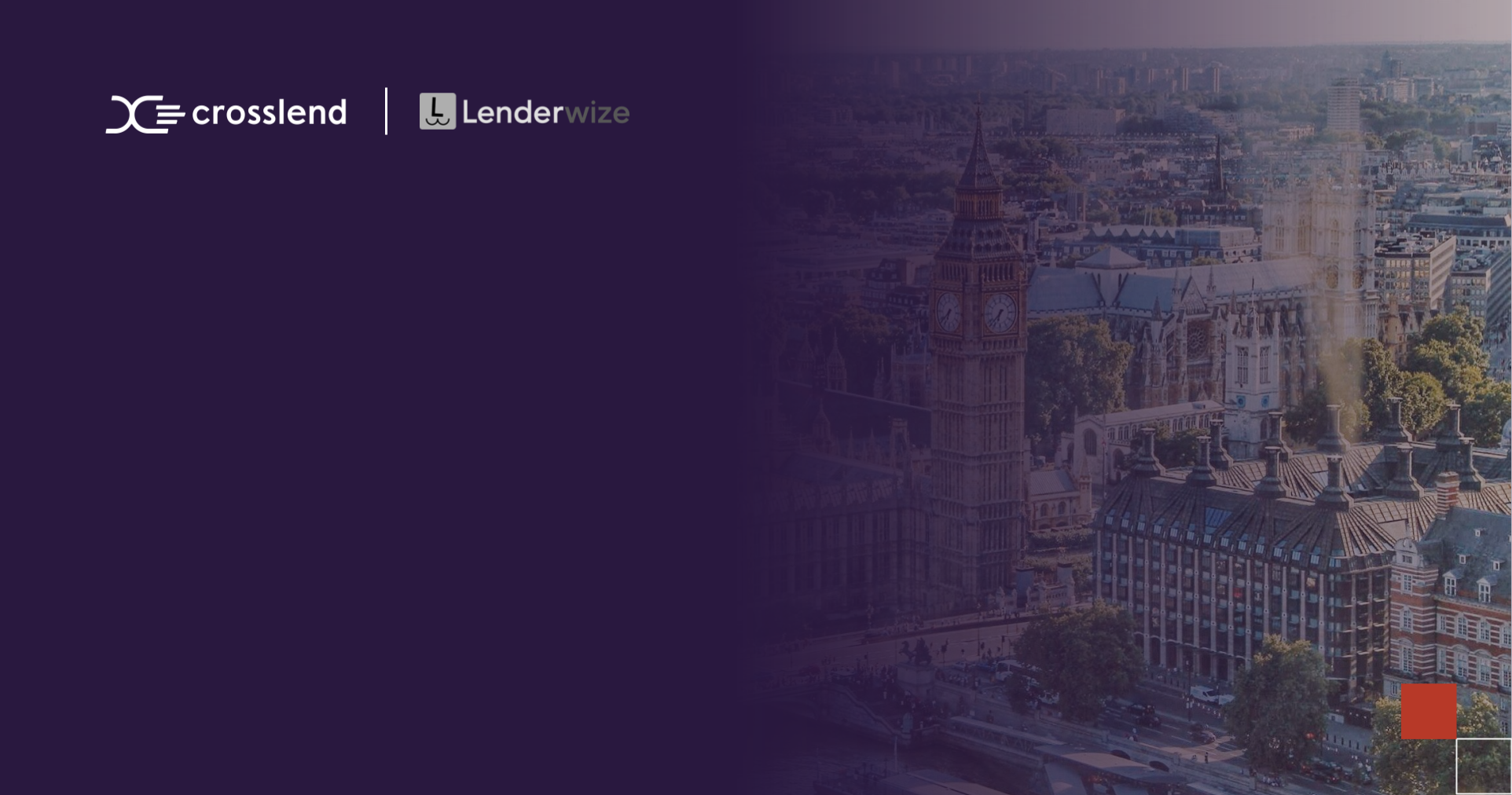BNPL – what’s next for the payment alternative that’s taken the world by storm?
Buy now pay later is a relatively simple concept and not entirely new – but it’s seen massive growth over the past two years, as e-commerce volumes boom. Widespread adoption has come from the fact that merchants love it, since it increases sales; consumers like being able to splurge regardless of their current liquidity status. Investors are also taking notice: the sector’s success and growth has made it attractive for institutional investors seeking portfolio diversification with attractive returns and short maturities. But popularity often leads to increased regulatory scrutiny, amid fears that some millennial shoppers could be stumbling into a debt trap. So what’s next for the burgeoning payment alternative?
Continued merchant integration, growth
Buy now pay later (BNPL) was a runaway success in 2021, and that can largely be expected to continue in 2022 as increasing numbers of merchants begin onboarding this payment option, for example in sectors such as healthcare and education. Why has BNPL grown so quickly? Most likely, as with other embedded finance solutions, it’s about ease of use. The process of choosing to pay using a BNPL option can be as easy and quick as choosing to pay upfront using a credit card or digital wallet. Consumers receive instant gratification without feeling like they’re signing up for long-term debt. For buyers who may be planning on returning an item – for example buying an item of clothing in different sizes to see which is the best fit – it means the cash never leaves their bank accounts.
Overall, though, it may be merchants who see the biggest benefit, with data suggesting that offering BNPL corresponds with larger basket sizes and better conversion rates, meaning higher profits and lower rates of cart abandonment. So there are strong incentives for online merchants to offer BNPL: In 2022 we expect to see continued penetration into a variety of sectors, including healthcare and travel.

Growth of BNPL super apps
While many BNPL firms have seen stellar growth, one potential weakness in their business model is having to rely on merchants’ platforms to interface with new customers. Merchants choose which BNPL options to offer to their customers, and can regularly switch between BNPL brands based on their popularity but also by negotiating better deals. Some BNPL firms are building out their own shopping and banking apps, for example Klarna, which provides a shopping experience via its own app, which is available in the UK and the US, among other countries. Some analysts believe that in the longer term, BNPL apps will become an extension of marketing and advertising activities for e-commerce platforms.
Greater regulatory scrutiny of BNPL
The popularity of BNPL has also triggered something of a backlash, with numerous reports of individuals who have splurged on too many items, finding themselves unable to meet their payment obligations and even falling into a debt trap. While utilising a split payment option is typically free for buyers – it’s the merchants that pay the fees and rates – if consumers miss payments then the extra costs can quickly mount. Many BNPL firms also offer traditional longer term financing with interest charges accruing to the borrower. Some consumer rights groups argue that BNPL can be too easy, with especially younger, financially unsavvy consumers failing to understand how it works or neglecting to read the fine print.
In the UK, there are also reports of some merchants offering BNPL on groceries, pet food, and hot drinks, sparking concerns about predatory practices. In 2021, regulators in both the UK and the US announced investigations into the industry, which is expected to result in tighter rules and more oversight, potentially slowing growth.

Better integration with credit agencies
While credit bureaus can play a key role for originators in assessing a borrower’s credit risk, when it comes to BNPL, term loans are not always reported to credit bureaus, depending on the jurisdiction. On the one hand, that could allow a consumer to wrack up a large number of BNPL loans from a variety of providers. If these are not reported then the consumer’s overall debt burden may be misstated in their credit report. On the other hand, borrowers with exemplary behaviour may not benefit from improvements in their credit score if the activity is not reported. In the United States, pressure is being put on BNPL providers to share their data with credit agencies. “Most BNPL providers either bypass the credit check completely, or do a soft pull on credit files, which can be attractive to consumers,” said Mark Luber, Chief Product Officer at Equifax, one of the three largest credit agencies in the United States. “We are encouraging BNPL providers to report into Equifax as a powerful source of data. Those who use BNPL services that report can demonstrate reliable behaviour and boost their credit profile.”
 In-house risk modelling gets smarter
In-house risk modelling gets smarter
Like any lender, buy now pay later companies are focused on reducing losses. Using algorithms to assess a customer’s probability of default, and to approve or deny credit, is one important part of this. Many BNPL lenders use data from traditional credit platforms – for example, in Germany, BNPL firms can make use of agencies like Schufa and Creditreform Boniversum. In some markets, such as France, where there are no credit bureaus that can perform this function, providers must compensate for that within their in-house risk modelling. Alma, one of the largest BNPL firms operating in France, uses its own algorithms to detect fraud and high risk profiles.
Banks set to become more active
As BNPL continues to grow apace, banks are naturally asking how they can get in on the action. Split instalment payments can reduce demand for credit cards and personal finance – lending which typically represents among the highest net interest margin activity on a bank’s book. 2021 saw a number of banks make moves into the BNPL space, especially among digital challenger banks, including UK-based Monzo and N26 in Germany, which launched their own products. Traditional banks including Goldman Sachs have also made direct acquisitions in the space. Nevertheless, because many traditional banks do not have the technology to integrate with merchants at scale and since they cannot offer the service directly, they often need to find a workaround. Refinancing BNPL companies is one way for them to retain or grow their exposure to the growing short-term consumer lending sector.
Demand for capital market solutions will increase
Like many fast growing businesses, BNPL providers need access to capital to maintain their growth trajectories. In this segment, merchants need to be paid without delay, and an originator’s receivables must be refinanced, say from a working capital line. Bank financing is one option, but it may not be the best one. For example, a fast growing originator may quickly reach an individual bank’s lending limit, requiring them to seek lines of credit from multiple banks, creating hefty reporting and operational burdens, with the need for these relationships to be continually managed. Tapping debt capital markets directly may be a more attractive option – simple, stable, and typically with a lower rate than a revolving credit line.
Nevertheless, while there may be appetite from institutional investors given the yields on offer within the BNPL sector, a loan book comprising thousands of very short duration receivables and the high frequency replenishment of such receivables can present operational and compliance challenges. CrossLend’s securitisation as a service is one solution, allowing an investment in a single bond. Our sophisticated infrastructure uses a special purpose vehicle (SPV), fully integrating data from the originator into a customisable data and reporting framework. For a transaction involving a BNPL lender, the process would include the real-time management of cash flows and refinancing, as well as an overview of all loans and their status – those which have been redeemed and those which are in default. CrossLend’s notes can provide a high degree of flexibility with regard to real-time monitoring and reporting requirements.
BNPL may be challenged if macro outlook changes
As is the case for any new lending or investment trend developed in recent years, there remains some uncertainty about how the BNPL sector will fare if macroeconomic conditions deteriorate. An economic downturn would likely put pressure on loan quality and reduce origination volumes as spending power and consumer discretionary spending declines. Nevertheless, the BNPL sector does have some unique features that could help it weather any storm. For one, BNPL credit is typically very short in duration: according to Klarna’s 2020 annual report, the average duration of its credit portfolio is around 40 days. The Swedish company says “the loss rates of consumer receivables are not significantly affected by macroeconomic factors due to the unique design and short maturities of the credit products […] The short average credit duration makes it possible to respond swiftly and effectively whenever lending conditions change, by changing credit approval criteria.”
To request a case study detailing CrossLend’s securitisation as a service, email institutional@crosslend.com
Related articles
Securitisation: active management option to boost Luxembourg hub
The overhaul of Luxembourg’s securitisation laws introduced a number of changes, notably allowing for active management and a broader [...]
Originator Spotlight/Lenderwize
A fast-growing trade finance platform, Lenderwize specialises in invoice financing in the digital economy. Currently its platform provides its [...]
Digital lending emerges as an important sub-segment of private debt
Amid increasing breadth within the private debt asset class, specialised investors can allocate capital to sub segments in a bid [...]






